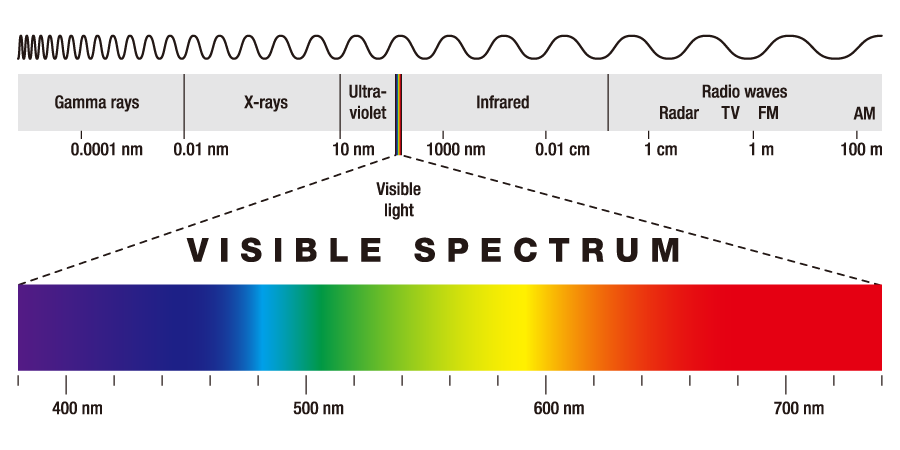Projector
Monitor
Lighting
Interactive Display | Signage
Remote Work & Learning
BenQ Europe respect your data privacy. We use cookies and similar technologies to ensure you get the best experience when visiting our website. You can either accept these cookies by clicking “Accept Cookies”, or click “Only Required Cookies” to refuse all non-essential technologies. You can customise your cookie settings here at any time. For further information, please visit our Cookie Policy and our Privacy Policy.
Some essential features on BenQ sites just won’t work without cookies. And having other cookies switched off can seriously affect the way you’ll be able to enjoy our services.
Please check your cookie settings below and turn on any cookies you’re happy with.
“Strictly necessary” cookies can’t be turned off. But Functional and Performance cookies can be turned on or off below. You can learn more about cookies and what they do on our other pages.
If you've chosen to block third-party cookies on your browser, your cookie preferences won't carry over from benq.eu to benq.xx and vice versa. Please make sure to set your cookie preferences in both places.
On
These cookies are essential so that you can move around the website and use its features. Without these cookies services you have asked for cannot be provided.
On
Off
These cookies allow the website to remember choices you make to give you better functionality and personal features.
On
Off
These cookies help to improve the performance of BenQ. If you want to opt-out of advertising cookies, you have to turn-off performance cookies.
BenQ Europe respect your data privacy. We use cookies and similar technologies to ensure you get the best experience when visiting our website. You can either accept these cookies by clicking “Accept Cookies”, or click “Only Required Cookies” to refuse all non-essential technologies. You can customise your cookie settings here at any time. For further information, please visit our Cookie Policy and our Privacy Policy.
Please note due to a high volume of orders, processing times may be longer than usual
Enter our shop hereProjector
Monitor
Lighting
Interactive Display | Signage
Remote Work & Learning
Projector
Monitor
Lighting
Interactive Display | Signage
Remote Work & Learning
Wireless PresentationStore
There are two types of cells in the retina of our eye that are responsible for our perception of color: rod and cone. Cones, which are sensitive to color, function best in bright light. They exist in three forms, each differing in the wavelength of light absorbed ( LMS ). Rods, on the other hand, are sensitive to the intensity of light. In the human eye, rod cells allow us to distinguish and detect objects in the dark; however, since their sensitivity to light is better than cone cells, our ability to perceive the color of objects in an area of low light becomes poor.

Color perception requires light. When light strikes objects, some are absorbed and some are reflected. The resulting color seen by the viewer is due to the reflected wavelengths. Wavelengths that can be seen by the human eye belong to the visible light portion of the electromagnetic spectrum. The colors range from short wavelengths to long wavelengths, starting with purple, followed by blue, green, yellow, orange, and ending with red.

Since there are slight biological variations between people, the way we perceive colors and recognize colors will vary, too. Hence, determining an object’s color becomes subjective. For example, take this box on the below, some may refer to its color as blue, some may say it appears green, and for the color critical person, they may say cyan. To provide an accurate description of an object’s color would be highly impossible for the average individual.


We must rely on quantitative methods to accurately communicate and document an object’s color. Color space is the term we use to collectively define the range of colors that is displayed on monitors, produced by printers, or that can be captured by cameras, to name a few. Commonly used color spaces include RGB, CMYK, HSV, CIEXYZ, CIEL*a*b*.
True color, then, is an accurate color representation of the original image in reality.
Thanks for your feedback!
Subscribe to Our Newsletter
Stay tuned for our product launches, upcoming news and exclusive benefits.
Subscribe